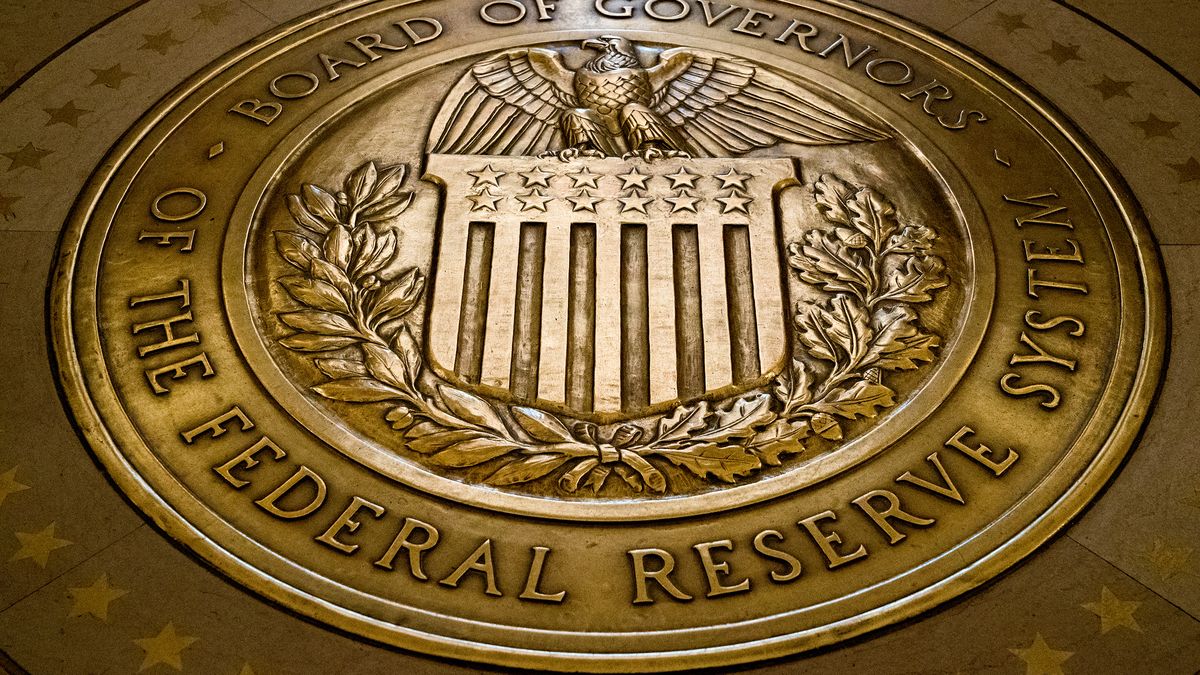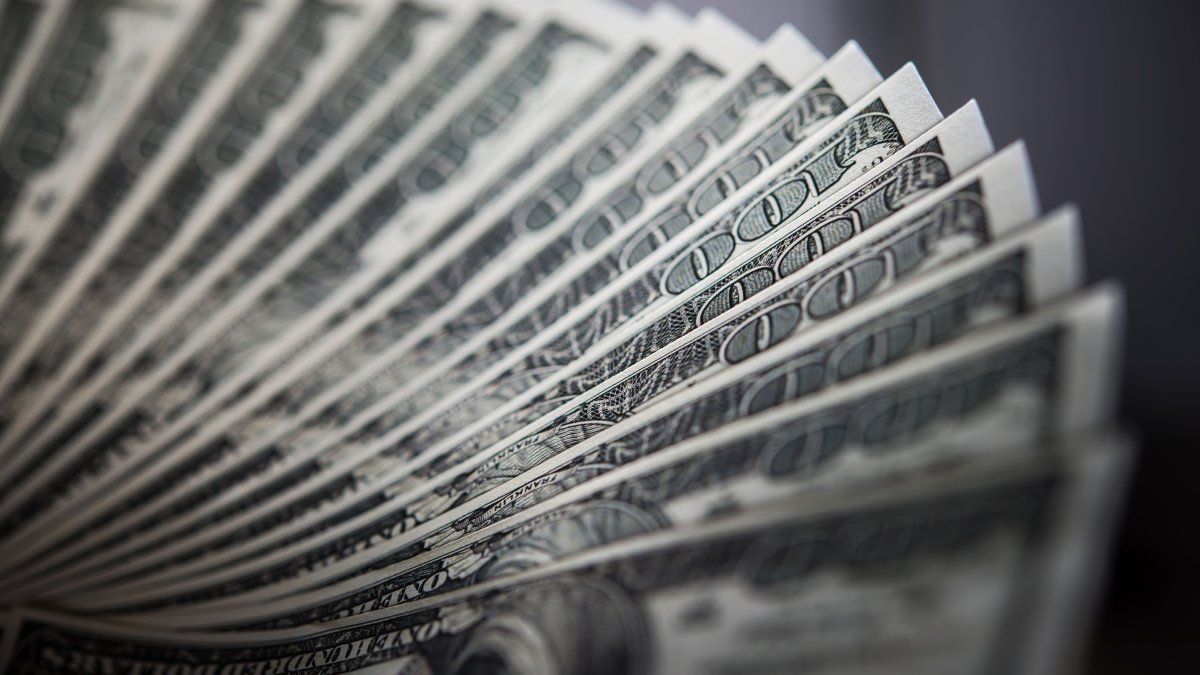The United States Federal Reserve (Fed) is just a few hours away from concluding a new meeting of monetary politics in which, with the updated macroeconomic data on the table, they will have to make a decision that will have an impact on the markets: how much and, above all, when the cuts cycle in the reference interest rates.
Signs of slowdown inflation, along with the continued strength of the labor market and increasing consumer confidence—coupled with better-than-expected performance of the overall economy, recorded in the increase in Gross Domestic Product (GDP) of the fourth quarter—are fundamental data for the Fed plan the long-awaited sales schedule for this year, after making no changes at the last meeting.
Although the general expectation is that, on this occasion, no changes in rates will be announced either – which are in the historical range of 5.25% – 5.5% -, the attention of operators is focused on other signals: the point of view of those responsible for monetary policy regarding the current economy, which can allow us to infer what will happen during the year.
The truth is that inflation is slowing down along with economic growth and job stability, a scenario that some economists called “immaculate disinflation” and that tests the authorities of the Fed and their confidence—or not—that the current state of affairs will continue over time.
In principle, the first challenge will be to provide details on a decision that may pose the difficult task of trying to reconcile a shift towards lower rates in an economy that is showing momentum that, in turn, would keep inflation above the target range of the entity, 2%.
What data does the Fed take into account?
On the one hand, in addition to an evident slowdown in inflation, the Fed You should take into account, for example, that the GDP of the United States grew by 3.3% year-on-year in the last quarter of 2023, well above what is considered the non-inflationary growth rate in the long term, which is 1.8%.
Likewise, the unemployment rate remained at 3.7%, while job offers once again exceeded 9 million. This happens at the same time that the consumer confidence hit a two-year high, according to a recent survey by the Conference Board, which could point to an increase in consumer spending at a time when monetary authorities continue to believe that the aggregate demand should relax—as it can drive up inflation.
Operators, meanwhile, continue to reduce their expectations that the Fed made the first cut in March, but they increased them towards the meeting that will take place between April 30 and May 1.
In this regard, the president of the Fed, Jerome Powell, You will also have to be careful in how you announce the end of interest rate increases and the preparation of the next cuts, since the news can unleash the markets – as has been seen on previous occasions, with hardly any rumors and projections – leading to a significant fall in the dollar.
Source: Ambito




